SERVICES
In-person Interpretation
In-person interpretation stands as a cornerstone in the realm of translation services, offering dynamic and real-time linguistic solutions to bridge communication gaps in diverse settings. As a vital component of the translation industry, it embodies the essence of direct, face-to-face communication, facilitating seamless interactions across languages and cultures.
In-person interpreters serve as cultural ambassadors, adeptly navigating nuances of language and context to ensure accurate and meaningful exchanges between individuals or groups speaking different languages. Whether facilitating international conferences, business negotiations, legal proceedings, medical consultations, or community events, their presence enriches interactions by fostering understanding and fostering connections.

This mode of interpretation transcends mere words, encompassing non-verbal cues, tone, and cultural subtleties to convey messages effectively. With a profound commitment to professionalism, confidentiality, and accuracy, in-person interpreters uphold the integrity of communication while fostering an environment of mutual respect and inclusivity.
In an increasingly globalized world, the demand for in-person interpretation remains steadfast, recognizing the irreplaceable value of human interaction in fostering genuine connections and fostering cooperation across linguistic divides. As a cornerstone of the translation industry, in-person interpretation continues to play an indispensable role in breaking down barriers and building bridges that unite us in shared understanding.
Frequently Asked Questions:
What is the difference between interpretation and translation?
Interpretation and translation are both language-related processes, but they involve different skills and serve distinct purposes.
Translation:
- Definition: Translation refers to the process of converting written text or content from one language into another.
- Medium: It is primarily concerned with written communication, such as documents, books, articles, websites, etc.
- Skills: A translator needs strong language proficiency in both the source and target languages, as well as a deep understanding of cultural nuances.
- Output: The result is a written document or text in the target language that conveys the meaning of the original content.
Interpretation:
- Definition: Interpretation involves the real-time conversion of spoken language from one language to another.
- Medium: It is related to oral communication and is commonly used in situations like conferences, meetings, interviews, and conversations.
- Skills: An interpreter needs excellent listening, comprehension, and speaking skills in both languages. Additionally, interpreters must work quickly and be able to convey the meaning accurately and fluently.
- Output: The output is an oral rendition of the spoken content in the target language, delivered in real time.
In summary, the main difference lies in the form of communication they deal with—translation deals with written text, while interpretation deals with spoken language. Both require a deep understanding of the languages involved and the ability to convey the meaning accurately, but the skills and techniques used are adapted to the specific demands of each process.
What is f2f interpreting?
“F2F” stands for “face-to-face,” and “f2f interpreting” refers to face-to-face interpretation. In face-to-face interpreting, an interpreter is physically present at a location where communication is taking place and facilitates communication between individuals or groups who speak different languages. This type of interpretation is often used in various settings where direct communication is essential, such as meetings, conferences, medical appointments, legal proceedings, interviews, and social interactions.
Here are some key points about face-to-face interpreting:
- In-Person Presence: Unlike remote interpreting, where interpretation is done from a distance using technology, face-to-face interpreting involves the interpreter being physically present in the same location as the participants.
- Real-Time Communication: Face-to-face interpreters work in real-time, providing immediate and on-the-spot translation of spoken language to enable effective communication between people who speak different languages.
- Non-Verbal Cues: In addition to verbal communication, face-to-face interpreters can also pick up on non-verbal cues, such as body language and facial expressions, which can be important for conveying the full meaning of the message.
- Settings: F2F interpreting can occur in a variety of settings, including business meetings, legal proceedings, healthcare facilities, community events, and more. The interpreter may move with the participants or be stationed in a particular location, depending on the context.
- Modes of Interpreting: Face-to-face interpreting can involve different modes of interpreting, such as consecutive interpretation (speaker pauses to allow the interpreter to translate) or simultaneous interpretation (interpreter translates in real-time while the speaker continues speaking).
Overall, face-to-face interpreting plays a crucial role in facilitating communication across language barriers in various professional and social contexts. The interpreter serves as a bridge, ensuring that individuals who speak different languages can effectively communicate and understand each other.
When should in person interpreting be used?
In-person interpreting, or face-to-face interpreting (f2f), is particularly valuable in situations where direct and immediate communication between individuals who speak different languages is essential. Here are some scenarios in which in-person interpreting is commonly used:
Medical Settings:
- Doctor-Patient Consultations: In-person interpreters are often utilized in medical settings to facilitate communication between healthcare providers and patients who speak different languages. This is crucial for accurate diagnosis, treatment plans, and informed consent.
Legal Proceedings:
- Court Hearings: In legal settings, such as court hearings, trials, or depositions, in-person interpreters ensure that all parties involved, including defendants, lawyers, and witnesses, can communicate effectively.
Business Meetings:
- International Business Negotiations: In face-to-face business meetings involving participants from different language backgrounds, in-person interpreters help ensure clear communication and understanding during negotiations, presentations, and discussions.
Conferences and Seminars:
- Multilingual Conferences: Large conferences or seminars with participants from diverse language backgrounds often employ in-person interpreters to provide simultaneous interpretation, enabling real-time communication across languages.
Educational Settings:
- Parent-Teacher Meetings: In schools with linguistically diverse populations, in-person interpreters assist during parent-teacher meetings to ensure effective communication about a student’s progress and educational needs.
Social Services:
- Government Agencies and Social Services: In-person interpreting is used in various government agencies and social service settings to assist individuals who may require language support for accessing services, understanding legal documents, or communicating with officials.
Community Events:
- Community Meetings: Local community events or town hall meetings may use in-person interpreters to ensure that all community members, regardless of their language background, can participate and contribute to discussions.
Crisis Situations:
- Emergency or Crisis Response: In emergencies, such as natural disasters or crises, in-person interpreters may be deployed to assist affected individuals in accessing emergency services, understanding safety instructions, and communicating with responders.
While advancements in technology have facilitated remote interpreting in certain scenarios, in-person interpreting remains crucial in situations where the physical presence of an interpreter is necessary to capture the full context, nuances, and non-verbal cues of communication. It ensures a more immediate and direct exchange of information, contributing to effective and accurate communication.



